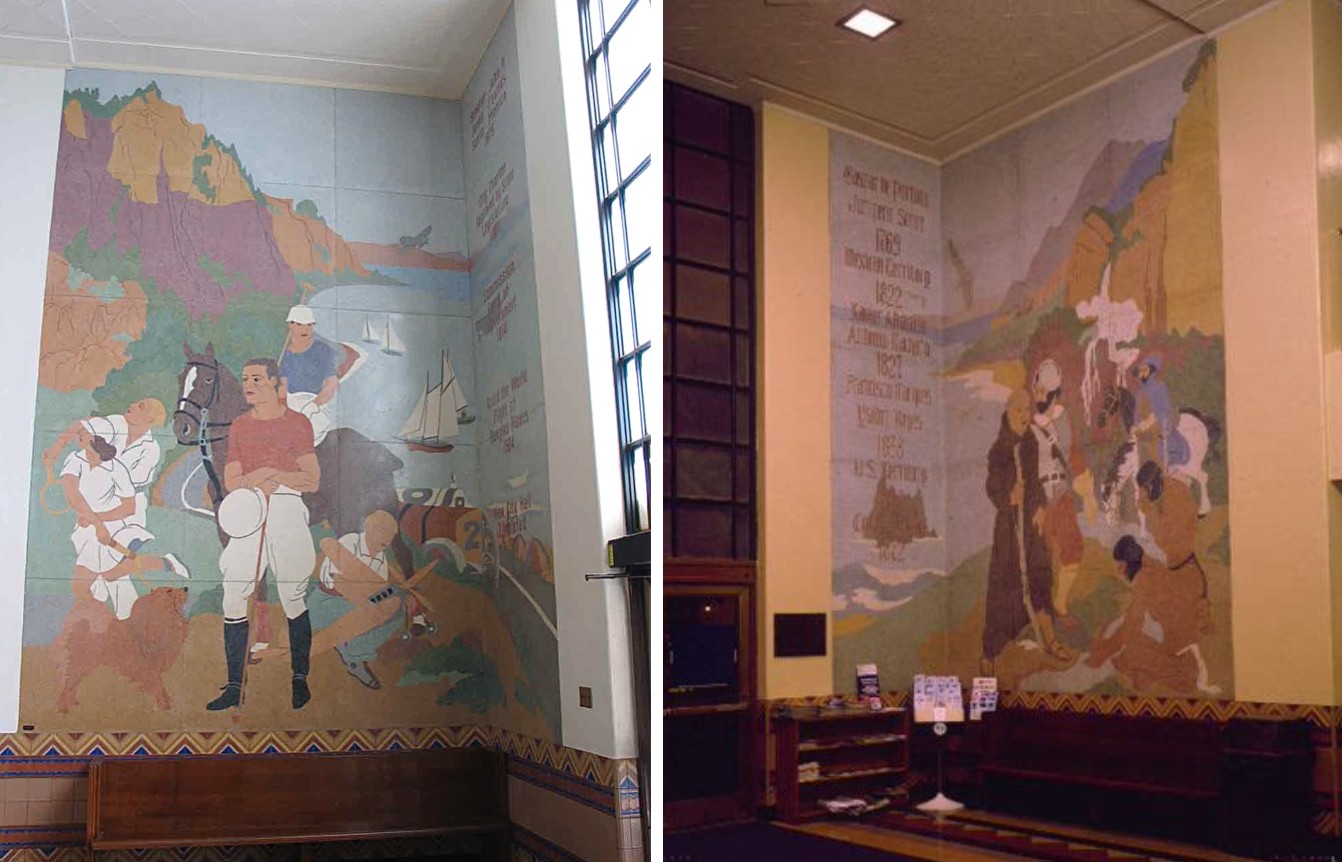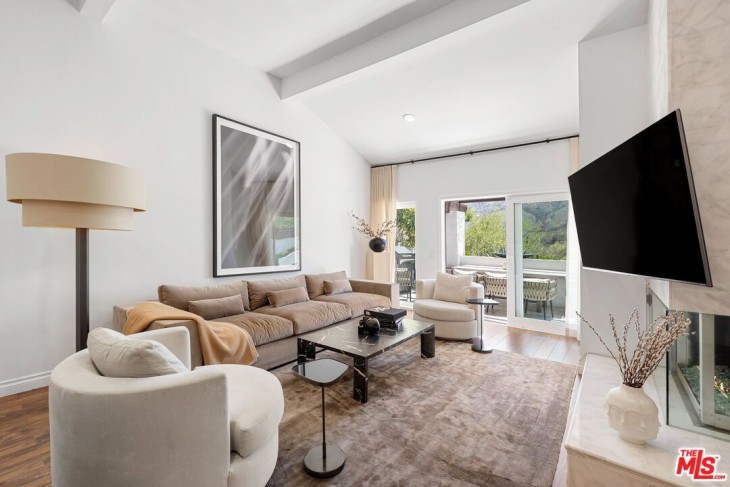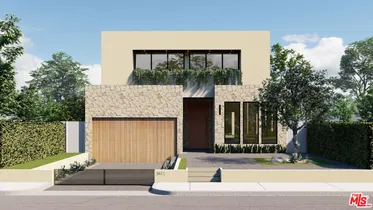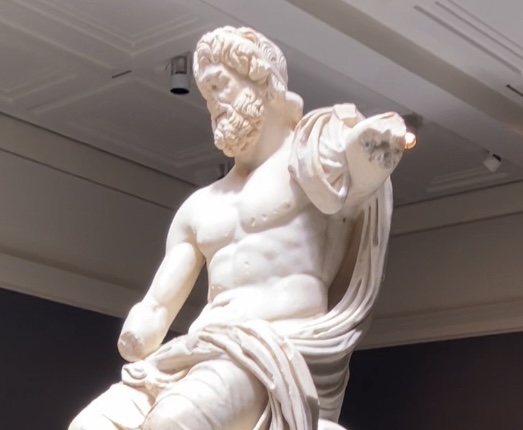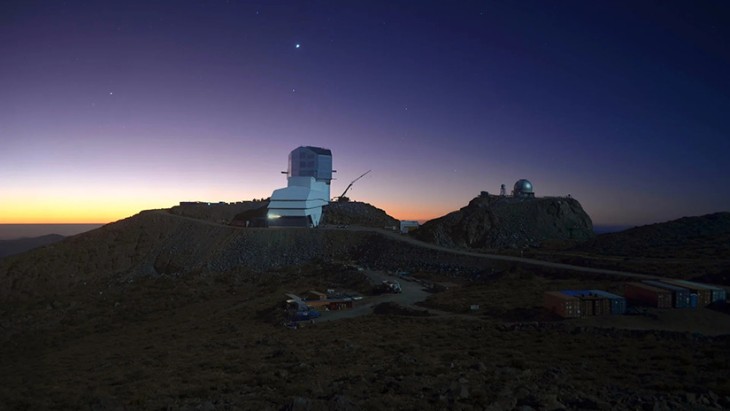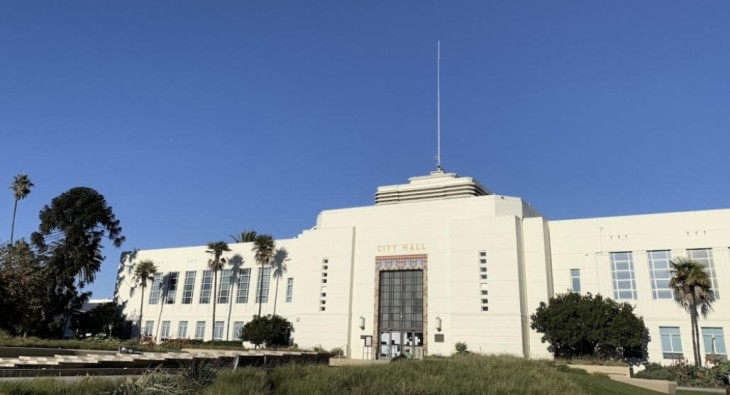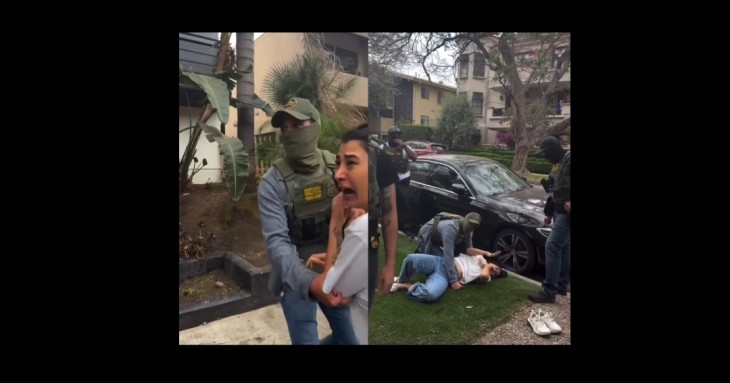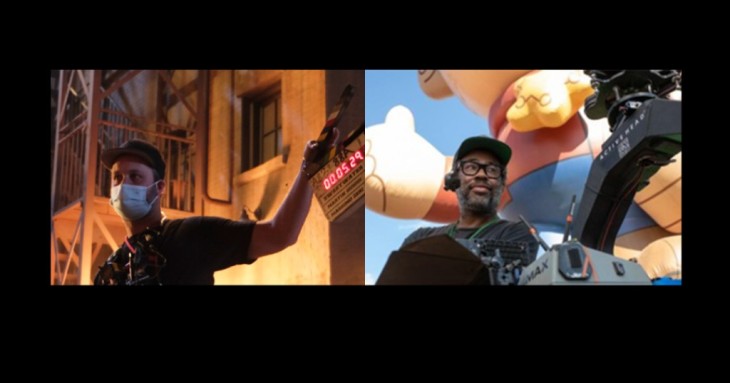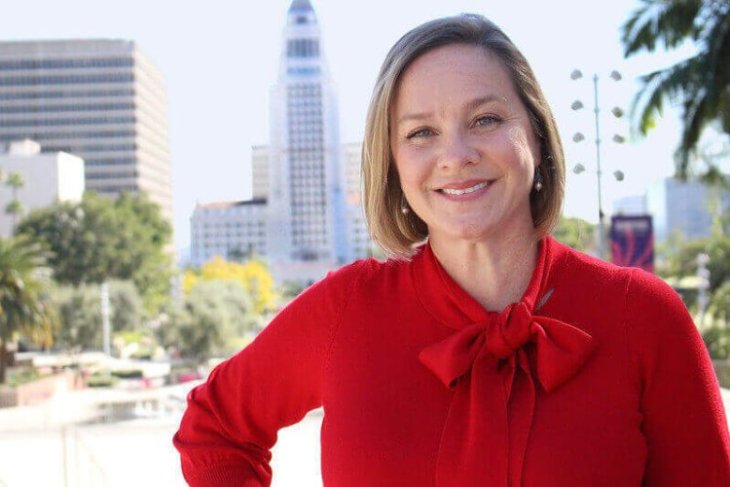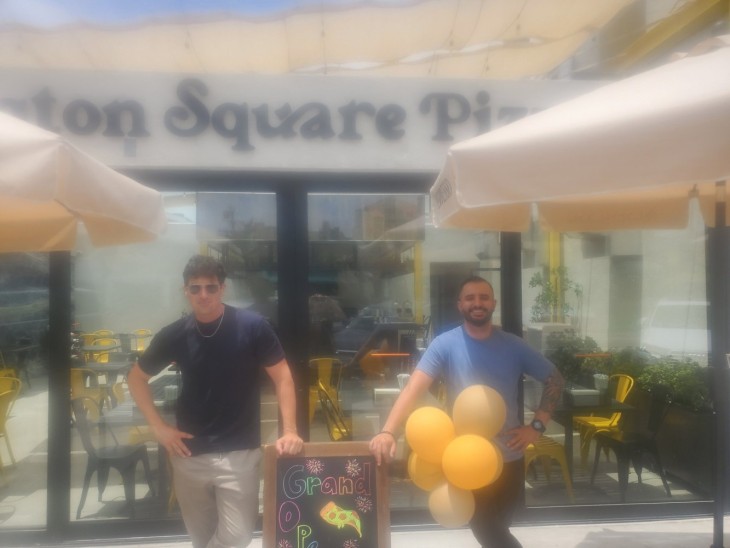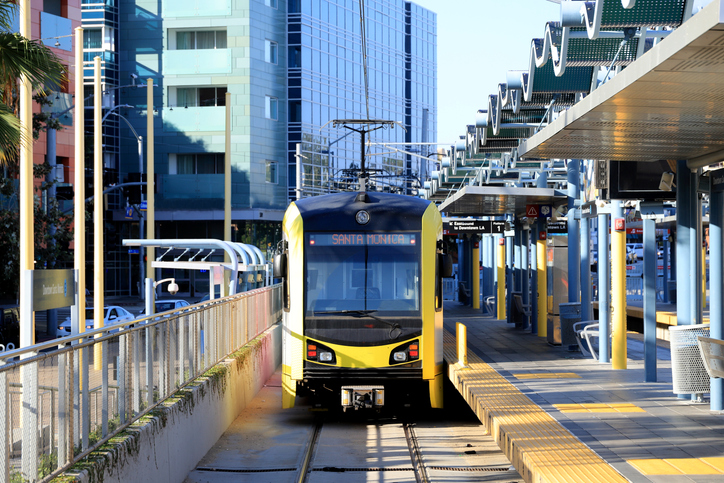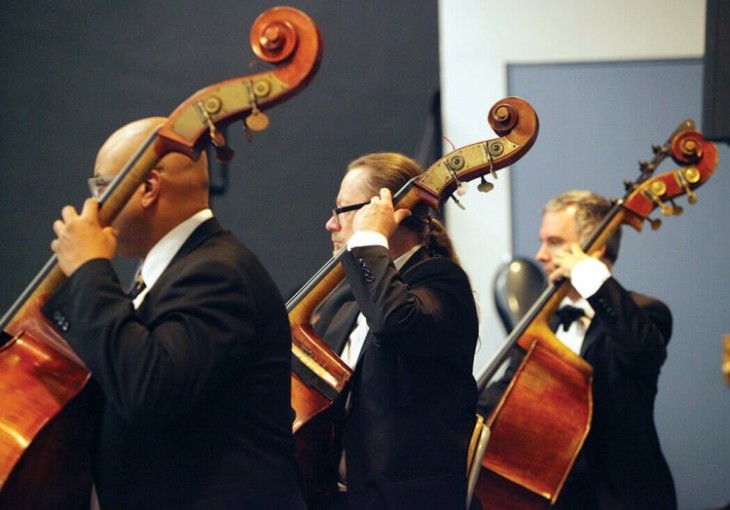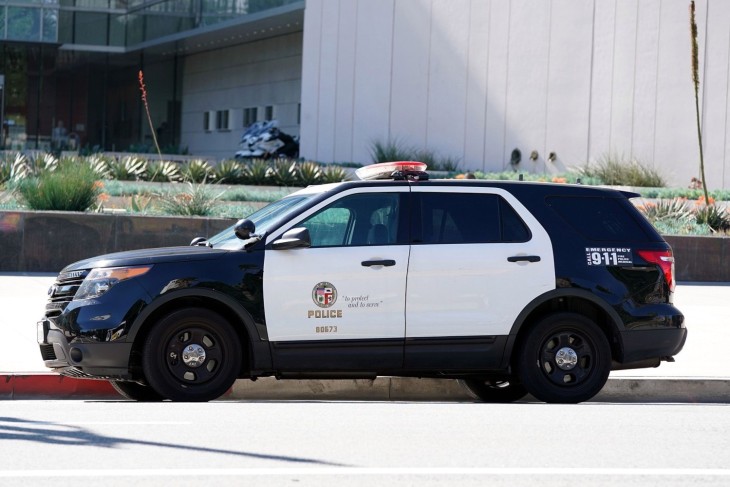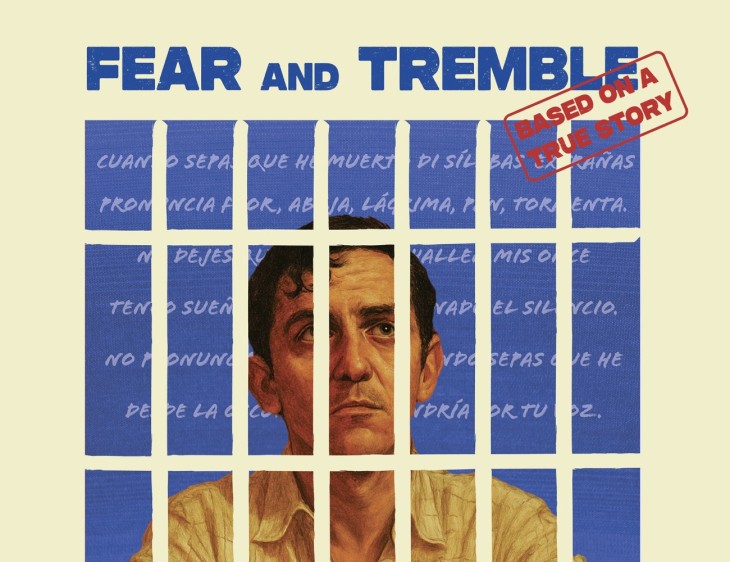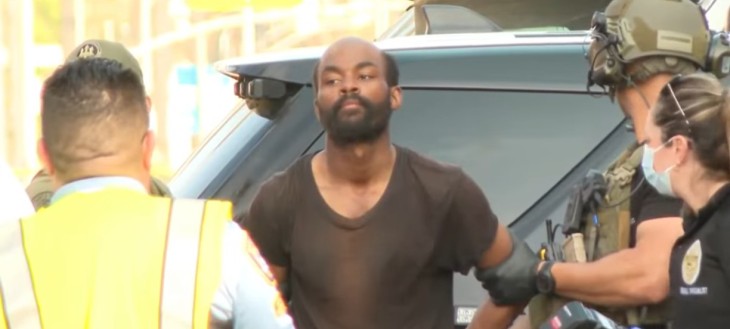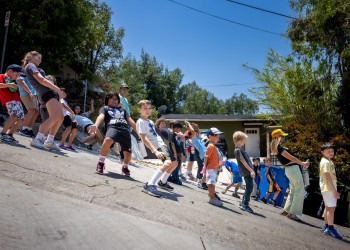
Last year the City Council started a process to reframe the murals in City Hall. Many people do not even know these WPA murals exist because perhaps they have never been to City Hall or because they are essentially positioned beside and behind you when you enter the lobby. They are primarily visible only when you leave the lobby, often when you have completed your business and are hurrying to get out. The murals consist of two panels.
How Santa Monica got its name
The panel on the right depicts the creation myth of how Santa Monica got its name. When the original inhabitants showed the thirsty arriving Spanish explorers the Kuruvungna Springs (still flowing today at what became University High School), one of their number commented that the flow of water reminded him of the tears of Saint Monica since this primal encounter occurred on Saint Monica’s day. Saint Monica was a third-century CE North African saint known in popular Christian legend as a mother who cried copious tears every night for her wayward son. He eventually reformed his licentious ways and became the famed philosopher Saint Augustine. Incidentally the massive sculpture of glass “tears” coming from stone at the southeast corner of Colorado and Fourth refers to the same myth. Meanwhile the panel on the left depicts the leisurely life that Santa Monicans were hoping to enjoy with tennis, polo, sailing (our yacht harbor had just opened north of the pier), model planes, automobile racing, and of course the obligatory pet dog.
Famed muralist
The murals were painted in 1939 by Santa Monica resident Stanton MacDonald-Wright (1890-1973) who was the co founder of an artistic style of painting called Synchronism. While Stanton was known primarily for abstract paintings in this case he worked in a more realistic though idealized style. Murals have subsequently become ubiquitous in our City through the decade-long efforts of many artists. They are everywhere both on main boulevards and on the secondary streets. Wilshire Blvd, for example has about 15 murals or about one every other block (https://www.santamonica.com/things-to-do/arts-culture/street-murals-wilshire-boulevard/) not counting the lost Millard Sheets mosaic at Wilshire and 26th Street.
The City Hall murals became controversial because they suggested oppression of the original inhabitants and an elitist leisurely lifestyle unavailable to most residents. Many felt such a negative or distorted history should not have pride of place in our City Hall. Council member Oscar de la Torre raised the issue and the Council agreed to put a screen over them because the way the paint and plaster were combined made it impossible to relocate the murals without destroying them. When the cost to screen them was too high, the Council established a Working Group of 12 stakeholders to find an alternative to covering them. That Working Group has been meeting for four months conducting surveys and studying alternative ways of creating a more appropriate symbolic entry for the City Hall.
A point in time
Every public work of art reflects the values of the time it was created. When values change the art highlighting those values changes. With historical hindsight we can see how values embedded in the past have been superseded. One thing that jumps out at you in our creation myth mural is how unaware the actors depicted are of what is going to happen. The original tribes pictured leading the Spanish to the springs have no idea they will be caught up in a giant global imperialistic struggle. They will be enslaved in a mission system which had been “perfected” a century earlier in the Rio Grande Valley of New Mexico. The veneer of religious conversion disguised the militant purpose to hold off pirates (Drake etc.) and to forestall the Russian encroachment down the California coast that was threatening this edge of the Spanish empire. As important as the churches were to the mission system, the presidios (armed encampments) were equally important in putting down rebellions of the local tribes and fending off other colonial powers. Jared Diamond describes this colonial process very well, from an ecological perspective, in his book Guns, Germs and Steel.
Likewise, the Spanish power, symbolized by the soldier and possibly by the man on a horse, have yet to learn that the Mexican revolution would overthrow their entire power structure in little more than half a century. Likewise, symbolized by the padre, the Church had no idea their hard-built mission system would be erased in about three-quarters of a century. Finally, the depicted participants (how could they know?) had yet to learn that the Anglos would overrun everything less than a century later.
Similarly, the mural the leisurely lifestyle participants on the left mural panel, have no idea their world is about to collapse under the weight of World War Two, that would kill millions of people, including many of our visitors and native Santa Monicans. It is not unusual for public art to emphasize the art patron’s view of what is heroic and avoid the complementary painful or uncomfortable truths.
What is our point of view?
The point is that if in, say 1839 (70 years after the encounter at the spring), Santa Monica had a City Hall, and that City Hall had a mural it would depict a very different cast of characters than this one done in 1939 or one that we might do today. The 1939 murals, born out of the great depression, had a incomplete view of our past history and an idealized version of who we were as a City of leisure.
So the Working Group’s job is to develop a new way to show a more complete history embodying today’s values. Ironically two of the issues depicted in the 1939 murals are still incredibly relevant to today. The first is water: It is still the most precious resource in our parched LA basin. Our future existence is threatened by drought induced global warming which is inexorably choking us in spite of the rain reprieve we got this year. In fact the 1939 muralist panted an imaginary gushing waterfall in the Santa Monica Mountains suggesting we had (or needed?) an abundance of water. The second relevant issue is leisure. Are we a City of leisure for the wealthy visitor or do all our residents have sufficient affordable accessible parks, pools, libraries, art galleries, concert halls, playgrounds etc. where they can enjoy their times of leisure? While the aspirational 1939 vision of polo, tennis, auto racing and yachting might have been a good draw for a City trying to recover from the great depression, you know only a small number of residents actually participated directly in those sports. Likewise today our City is trying to recover from Covid and we need a new inviting aspirational tag line for visitors who will power our recovery. However, we have also learned that the tension between the needs of visitors and those of residents has to be resolved in favor of residents.
So we look forward to what the Working Group suggests as the appropriate historical response to the City Hall murals. The solution might include both a small corrective plaque and hopefully a more ambitious art installation but we should aim high for such an important visible location.
By Mario Fonda-Bonardi AIA
S.M.a.r.t Santa Monica Architects for a Responsible Tomorrow
Thane Roberts, Architect, Robert H. Taylor AIA, Architect, Dan Jansenson, Architect & Building and Fire-Life Safety Commission, Samuel Tolkin Architect & Planning Commissioner, Mario Fonda-Bonardi AIA & Planning Commissioner,, Michael Jolly, AIR-CRE.
For previous articles see www.santamonicaarch.wordpress.com/writing

